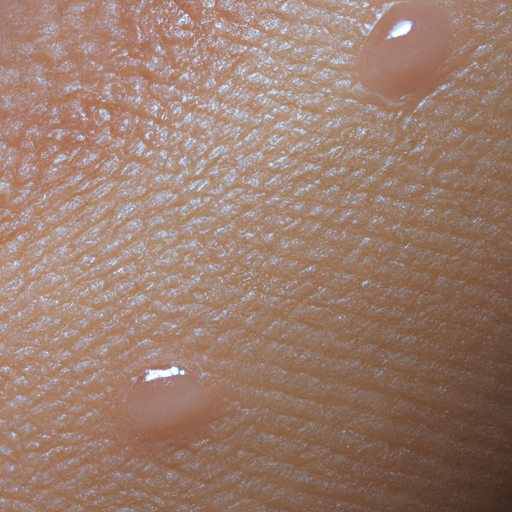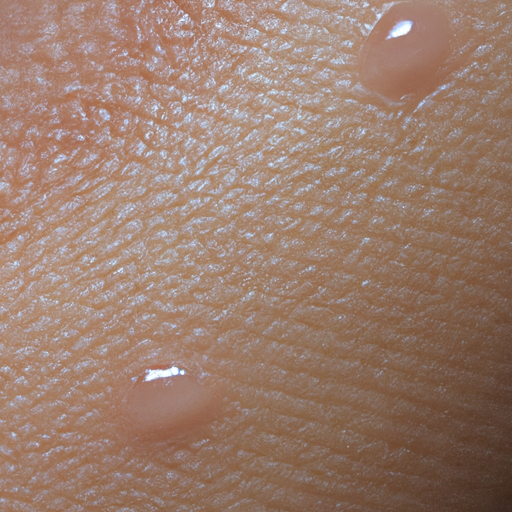As a dermatologist, I have encountered countless patients who struggle with oily skin. The glossy sheen on their face is not just a cosmetic concern but can also lead to various skin issues such as acne, blackheads, and enlarged pores. Understanding the causes, symptoms, and treatments for oily skin can help individuals manage this condition effectively. This article aims to unmask the gloss and provide a comprehensive guide to diagnosing and treating oily skin.
Oily skin is primarily caused by the overproduction of sebum, an oily substance produced by the sebaceous glands in our skin. While sebum is essential for keeping our skin hydrated and healthy, an excess of it can lead to oily skin. Factors contributing to this overproduction can be genetic, hormonal changes, environmental conditions, diet, stress, and improper skincare routines.
The diagnosis of oily skin is typically straightforward. If your face appears shiny or greasy a few hours after washing, your pores are visibly enlarged, or you frequently develop blackheads or pimples, you likely have oily skin. A dermatologist can confirm this diagnosis through a simple visual examination.
Once diagnosed, it’s crucial to understand that oily skin requires a different skincare regimen than normal or dry skin. The goal is not to eliminate all oil from your face but to balance sebum production. Here are some treatment options and lifestyle changes that can help manage oily skin:
1. Gentle Cleansing: Washing your face twice daily with a gentle, water-soluble cleanser can help remove excess oil without stripping your skin of its natural moisture. Avoid harsh soaps or alcohol-based products as they can trigger your skin to produce even more oil.
2. Use Oil-free and Non-comedogenic Products: These products are specially designed not to clog pores or stimulate oil production. This includes your makeup, sunscreen, and moisturizer.
3. Regular Exfoliation: Exfoliating once or twice a week can help remove dead skin cells that can clog pores and increase oil production. However, avoid over-exfoliating as it can irritate the skin and trigger more oil production.
4. Balanced Diet: Consuming a diet rich in omega-3 fatty acids, vitamins, and minerals and low in processed foods and sugars can help regulate sebum production.
5. Stay Hydrated: Drinking plenty of water and using a light, oil-free moisturizer can keep your skin hydrated. Dehydrated skin can stimulate the sebaceous glands to produce more oil.
6. Medical Treatments: If your oily skin is severe or leading to acne, a dermatologist may prescribe topical retinoids, oral medications, or hormonal treatments. These treatments work by reducing sebum production or regulating hormones that trigger oil production.
7. Regular Dermatologist Visits: Regular check-ups with a dermatologist can help monitor your skin’s condition and adjust your treatment plan as needed.
Remember, everyone’s skin is unique, and what works for one person may not work for another. It’s essential to be patient and persistent in finding the right skincare routine that works for you. While oily skin can be challenging to manage, with the right care and treatment, it’s entirely possible to achieve a healthy, balanced complexion.
In conclusion, understanding the causes and symptoms of oily skin is the first step towards effective treatment. Incorporating the right skincare regimen, lifestyle changes, and medical treatments can help manage oily skin and prevent associated skin issues. Regular visits to a dermatologist are also crucial in maintaining skin health and addressing any concerns promptly.




